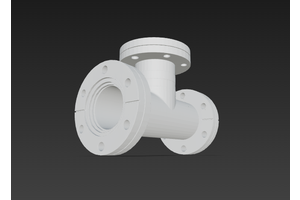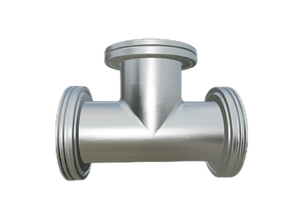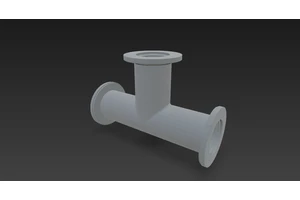-
What is the degree of vacuum considered as vacuum
In engineering and technical contexts, a space is considered under vacuum as soon as its absolute pressure is below standard atmospheric pressure (101 325 Pa or 1 atm).
View -
What is vacuum degree
Vacuum degreeis a measure of how much lower the pressure inside a vacuum system is compared to thestandard atmospheric pressure(1 atm = 101.325 kPa).Formula:Vacuum degree=Atmospheric pressure−Absolute pressureUnits:mmHg(Torr)kPa(kilopascals)mbar(millibar, 1 mbar = 100 Pa)% vacuum(percentage of full vacuum, where 100% = 0 Pa absolute)Example:If a vacuum chamber has anabsolute pressure of 50 kPa, then:Vacuum degree=101.325 kPa−50 kPa=51.325 kPaClassification of Vacuum Levels:Vacuum RangeAbsolute PressureLow (Rough) Vacuum1 atm → 1 mbarMedium Vacuum1 → 10⁻³ mbarHigh Vacuum (HV)10⁻³ → 10⁻⁷ mbarUltra-High Vacuum (UHV)10⁻⁷ → 10⁻¹² mbarExtreme-High Vacuum (XHV)<10⁻¹² mbarKey Point:A highervacuum degreemeans alower absolute pressure(closer to perfect vacuum).
View
vacuum degree




